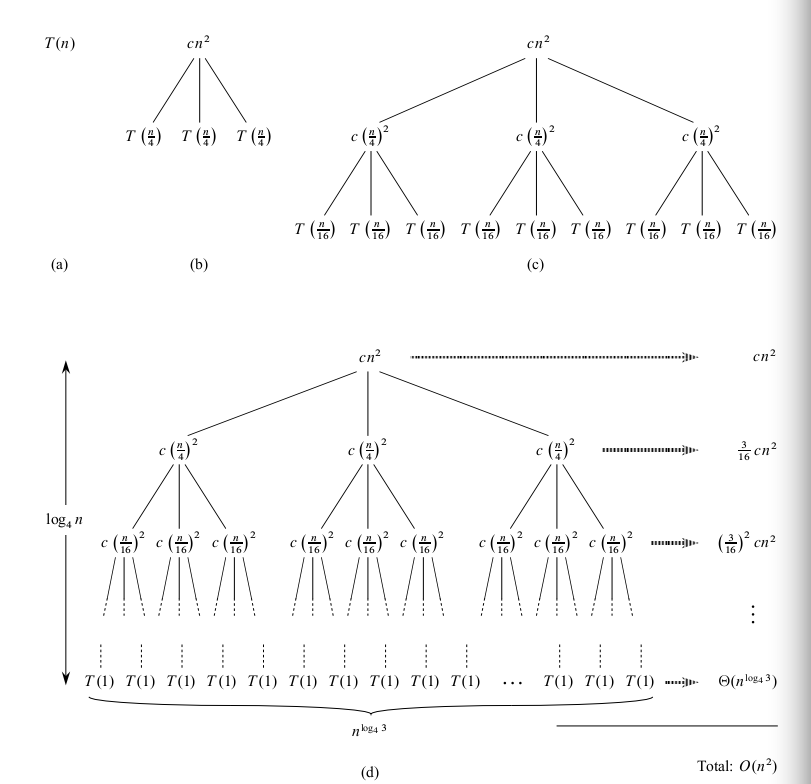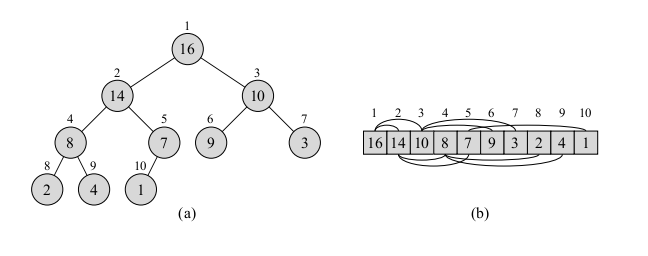










Finish Recurrences, Heaps
CS146
Chris Pollett
Feb 24, 2014











CS146
Chris Pollett
Feb 24, 2014
Which of the following statements is true?
Which of the following statements is true?

Let `a ge 1` and `b > 1` be constants, let `f(n)` be a function, and let `T(n)` be defined on the nonnegative integers by the recurrence
`T(n) = aT(n/b) + f(n)`,
where we interpret `n/b` to mean either `lfloor n/b rfloor` or `|~n/b~|`. Then `T(n)` has the following asymptotic bounds:
